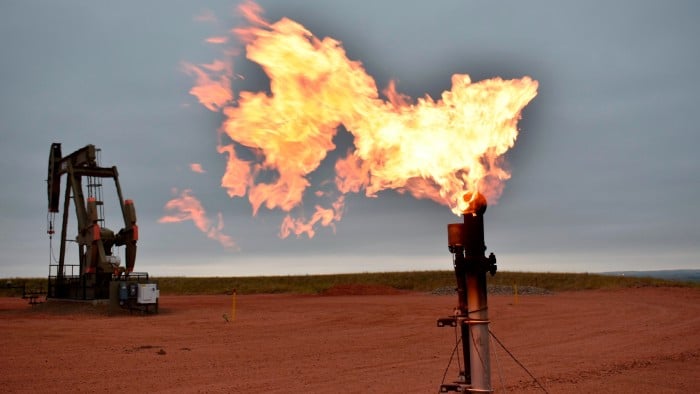Experts: What do Trump’s tariffs mean for global climate action?
The Trump administration has imposed tariffs on all imports from China, Mexico and Canada, as well as on steel, aluminium and cars from around the world
Current Access Level “I” – ID Only: CUID holders, alumni, and approved guests only
Insights from the Center on Global Energy Policy
The world has committed to transitioning away from fossil fuels to avoid the most severe threats of climate change.[1] Communities across the United States rely on fossil fuel industries for jobs and public revenues to fund schools and other critical services. These communities are often severely budget-constrained and therefore require external support to navigate a transition away from fossil fuels. A previous post described the provisions in recent federal legislation intended to provide such support.[2] This post focuses on the activity of the largest fossil fuel–producing states. While some of these states have taken considerable action, few have adopted comprehensive transition plans, which is perhaps surprising given the acute or even existential risks involved for impacted communities.
Fossil fuel production in the United States is geographically concentrated. Fossil fuel industries are important—and in some places dominant—contributors to local economies. Figure 1 provides a ballpark indicator of where economic activity from fossil fuel extraction is largest. Data from the US Energy Information Administration (EIA) is used to estimate the recent average annual economic output of coal, oil, and natural gas production combined.
(This methodology is far too simplistic to produce useful specific estimates. For example, it doesn’t include sufficient regional granularity to capture the complexity of these markets, and it omits natural gas liquids and other relevant products.)
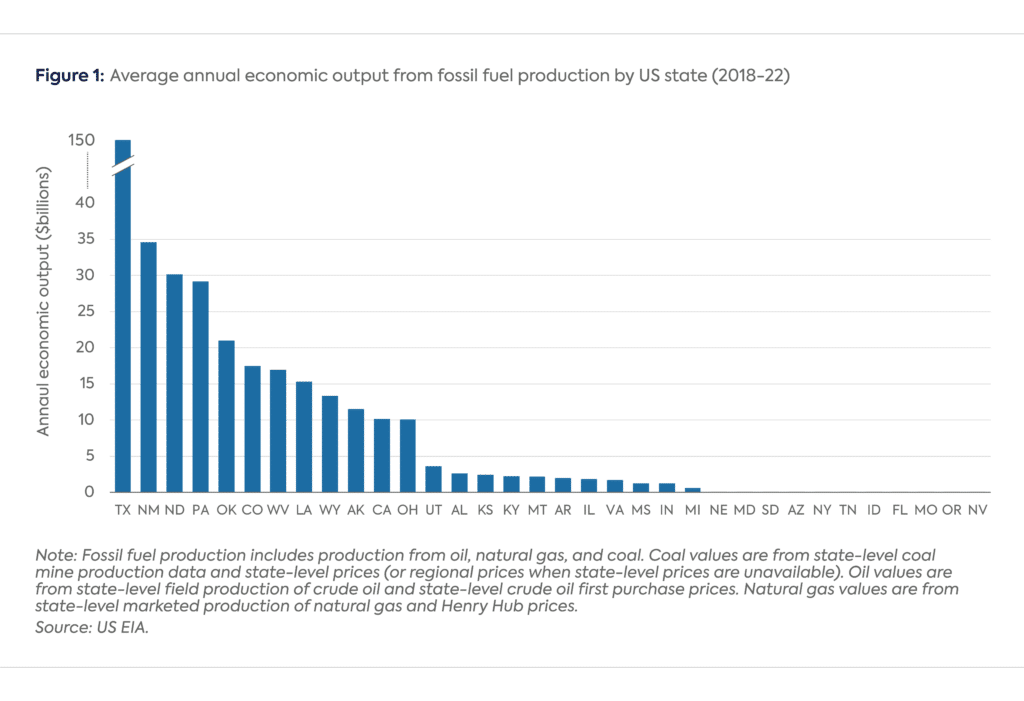
As the figure shows, Texas is far ahead of any other state, with around $150 billion in annual economic output. While 35 states register some level of production, a clear top twelve can be discerned (with the cutoff between Ohio and Utah).[3] The next section focuses on actions by these twelve states, though declining fossil fuel production will create challenges in other states as well, including via the closure of power plants and other fossil fuel-related infrastructure.
Table 1 displays state-level programs in these twelve states. The programs are (imperfectly) divided between those explicitly targeted to help vulnerable communities navigate a transition away from fossil fuels and those that simply include targeted support for fossil fuel communities. The table excludes programs that provide general support for workforce development, economic diversification, energy innovation, or public services.
Colorado, New Mexico, and California provide considerable support for transitioning fossil fuel communities. Among the largest producing states, these three also have the most ambitious and comprehensive policies to reduce greenhouse gas emissions from the consumption of carbon-intensive products. It may be intuitive to see the same states confronting the risks from fossil fuel emissions also confronting the risks from a transition away from fossil fuel production.[4] But fossil fuel producers are heavily reliant on out-of-state exports. As declining coal production in West Virginia and Wyoming shows, a lack of state climate policy does little to insulate fossil fuel-dependent communities from the risks of a global energy transition.
Given the immense diversity of US cultures, communities, and landscapes, it is unsurprising to see state governments charting different pathways to address similar challenges. Colorado and New Mexico have established state offices devoted to facilitating “just transitions” for fossil fuel communities, while Wyoming and Louisiana are focused on becoming hubs for lower-carbon energy production.
Table 1 shows little actions in states where the risks to communities are not perceived as urgent. Oil and gas production is steady or increasing in many communities, and their state governments are not taking advantage of the boom to prepare for a possible prolonged bust in the future. In contrast, communities with declining coal production and retiring coal-fired power plants are often already experiencing economic hardships, which can be a strong motivator for state government action.
The lack of comprehensive plans to support fossil fuel communities, at both the federal and state levels, can perhaps be explained by political constraints. Politicians prefer to highlight economic opportunities rather than risks, especially when the consequences of failing to mitigate risks will accrue mostly to their successors. But inaction is difficult to justify given the acute economic threats faced by fossil fuel–dependent communities.

[1] https://unfccc.int/news/cop28-agreement-signals-beginning-of-the-end-of-the-fossil-fuel-era
[2] https://www.energypolicy.columbia.edu/the-us-needs-a-playbook-for-place-based-investments-in-fossil-fuel-communities/
[3] Declining fossil fuel production will create challenges in other states as well, including via the closure of power plants and other fossil fuel–related infrastructure.
[4] Indeed, the same trend is evident outside the top 12 producing states. States that have adopted aggressive and comprehensive climate policies, like Minnesota, Maryland, Michigan, and New York, also have adopted just transition programs for transitioning workers and communities (particularly for power plant closures).
President Donald Trump has made energy a clear focus for his second term in the White House. Having campaigned on an “America First” platform that highlighted domestic fossil-fuel growth, the reversal of climate policies and clean energy incentives advanced by the Biden administration, and substantial tariffs on key US trading partners, he declared an “energy emergency” on his first day in office.

Kenya and South Africa have recently started moving toward an open access regime in their electricity sectors, while the US and India have been on this path for over two decades.

November’s election for president of the United States will have crucial implications for the nation’s and world’s energy and climate policies.
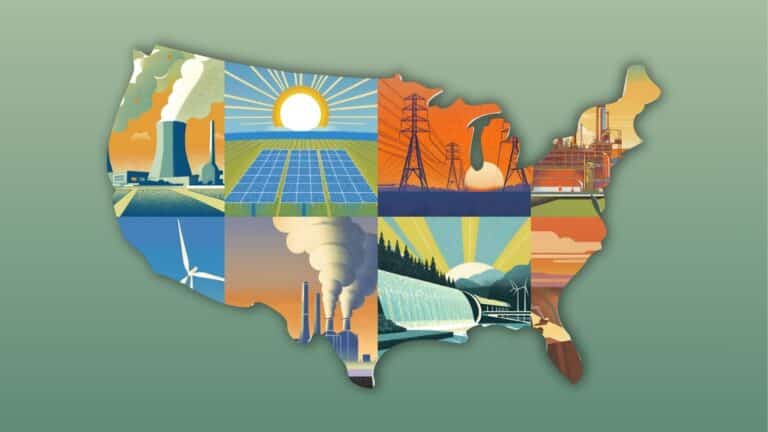
The energy portion of India’s latest budget for 2024-2025 released last month provided some new announcements related to developing a national energy transition pathway

This analysis provides an overview of changes in production and economic outcomes in US oil and gas regions, grouping them by recent trends and examining their impact on local economies.
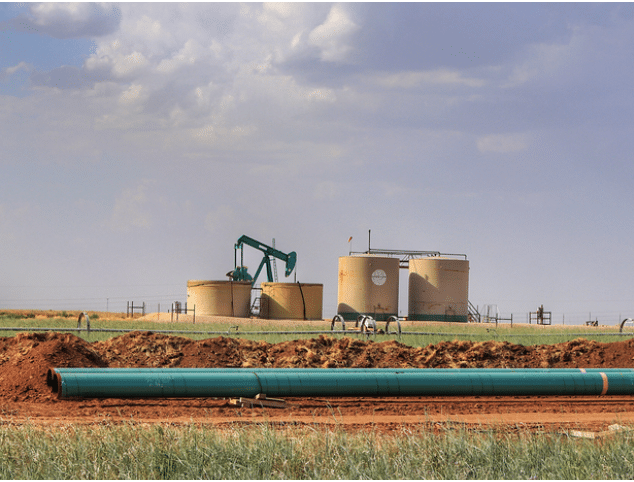
Rapidly reducing greenhouse gas emissions from fossil fuels to address the severe threats of climate change requires economic transformations that pose challenges for regions heavily dependent on coal, oil, natural gas, or other carbon-intensive industries.
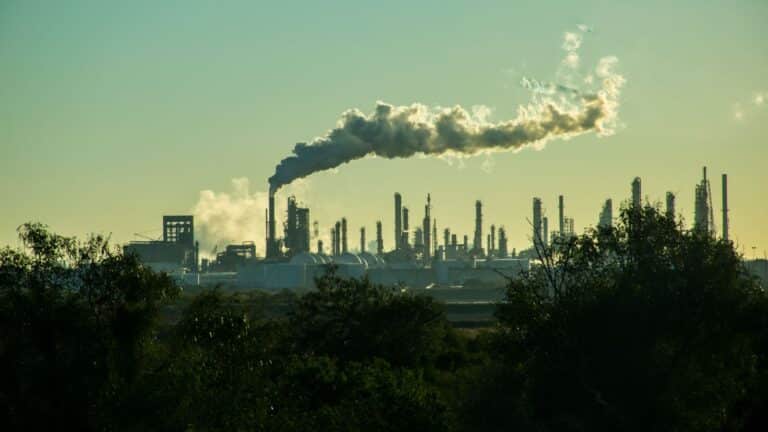
Also in today’s newsletter, why private capital will not suffice for Africa’s climate needs
